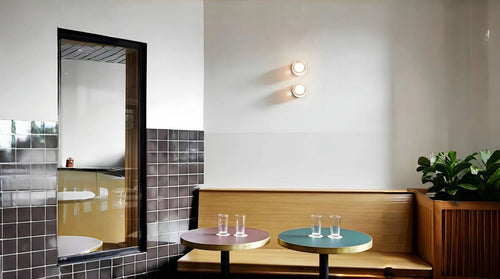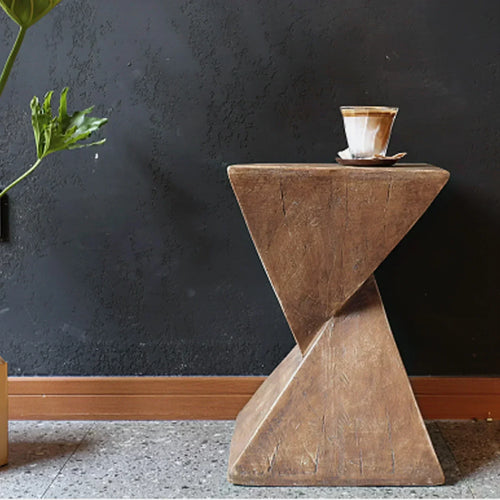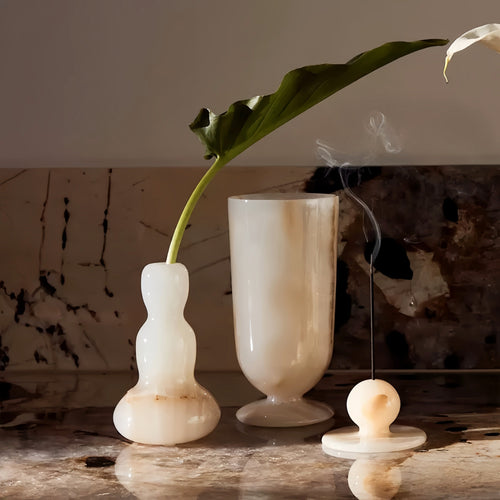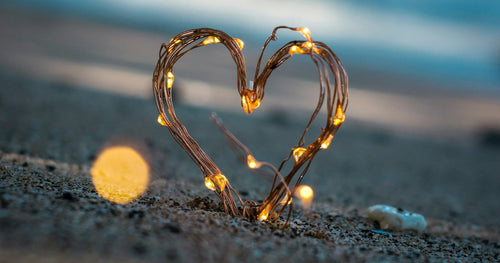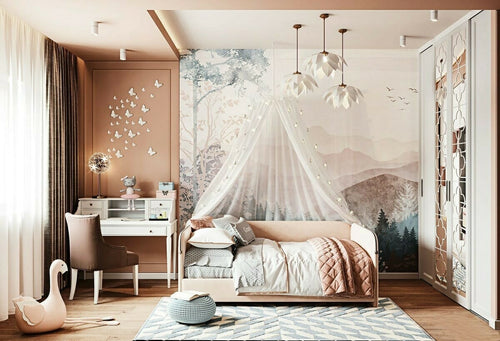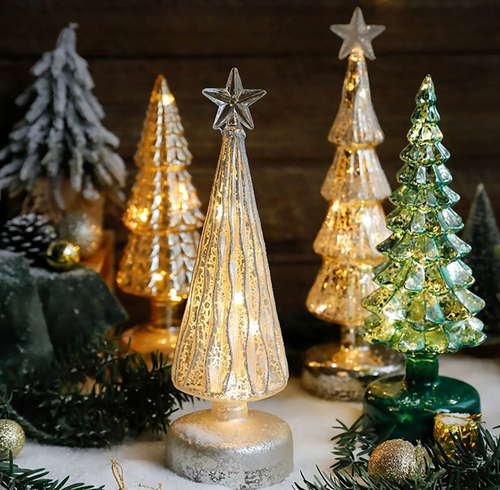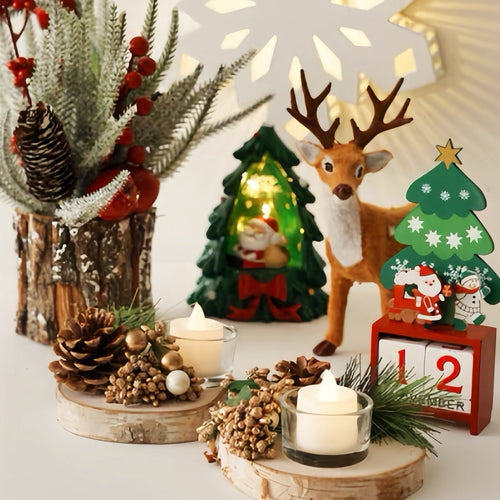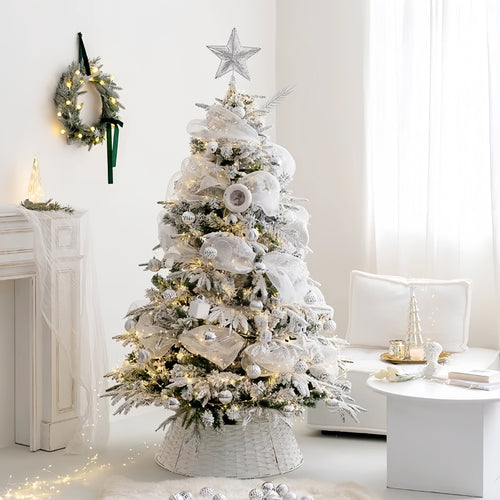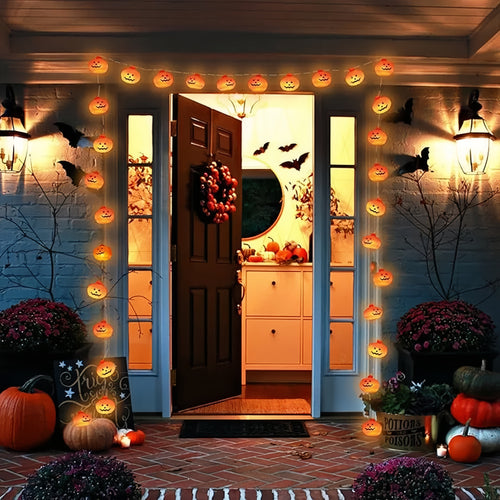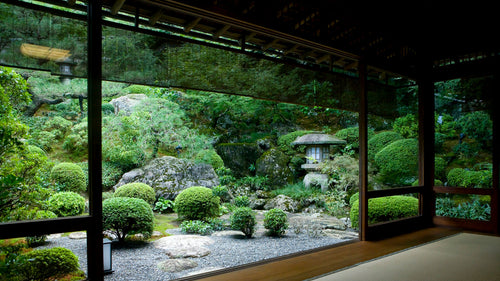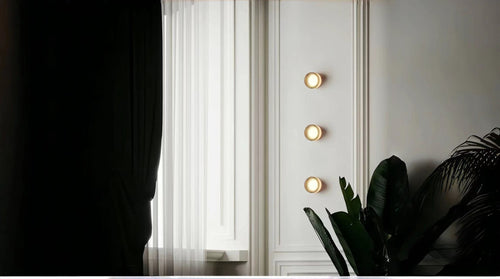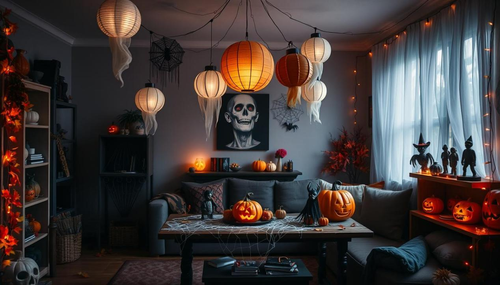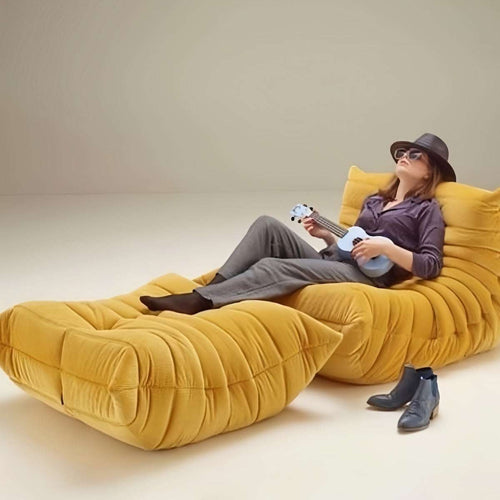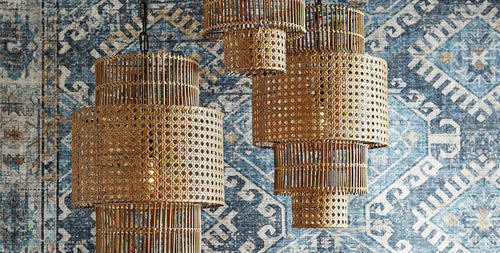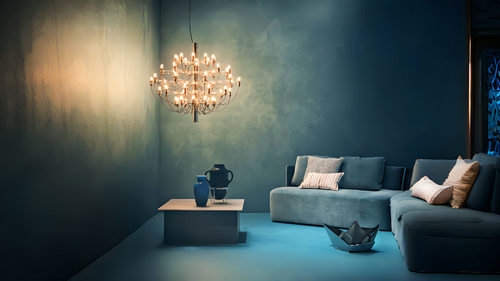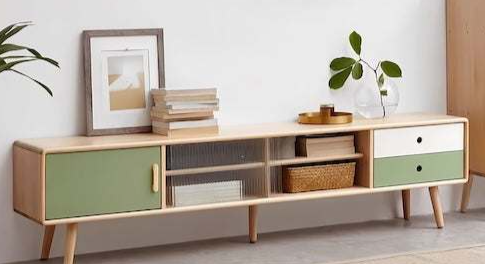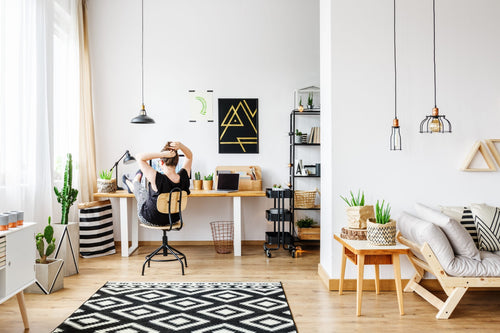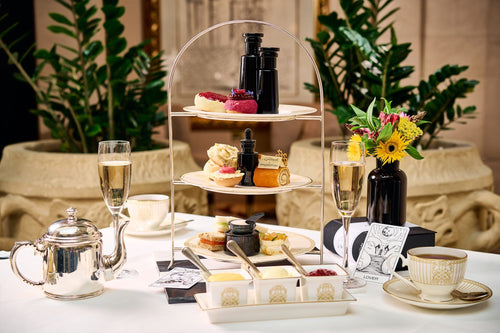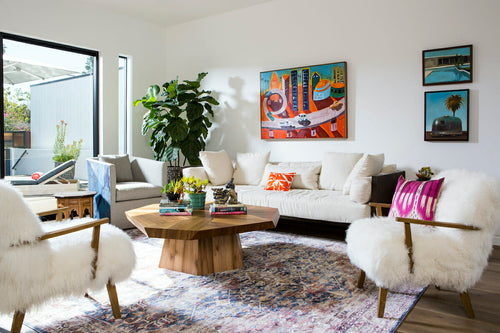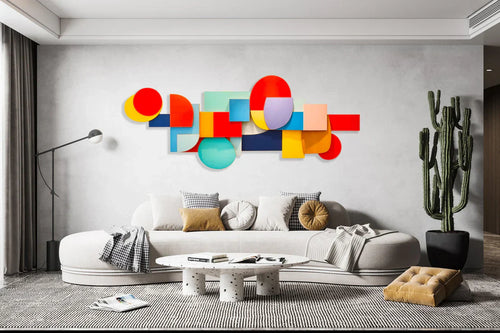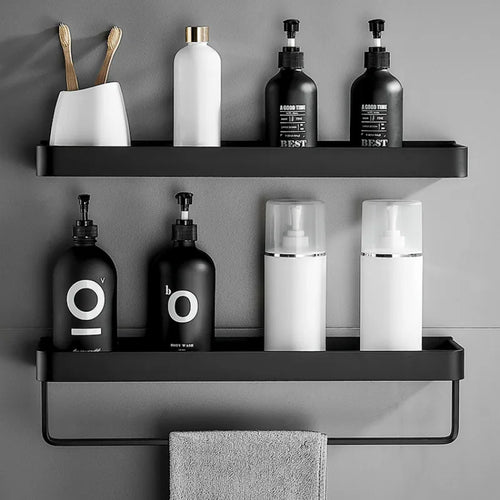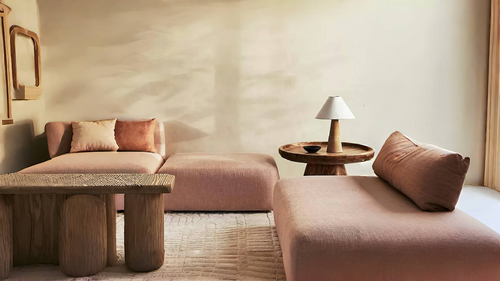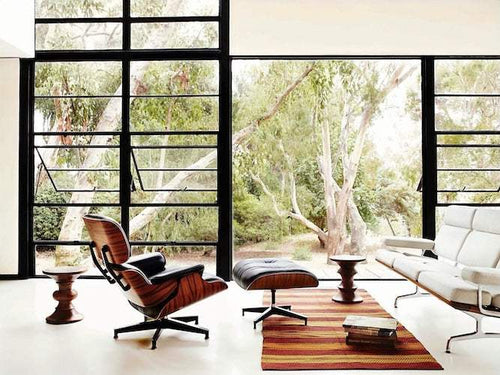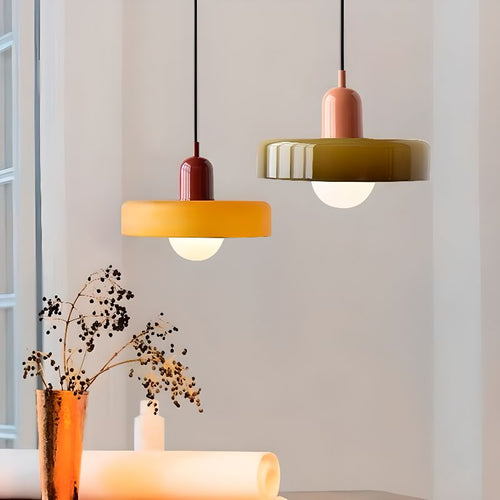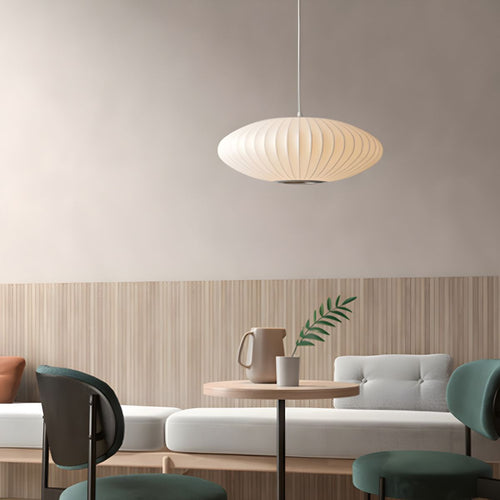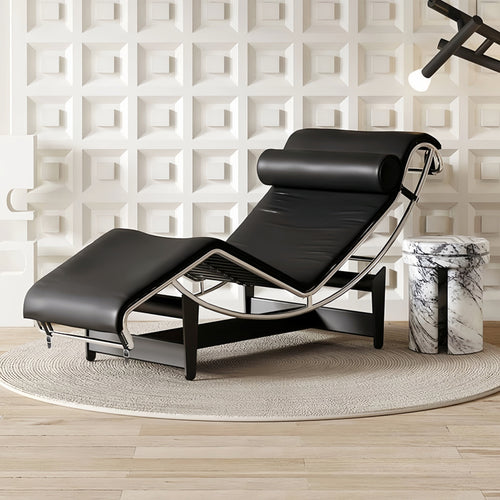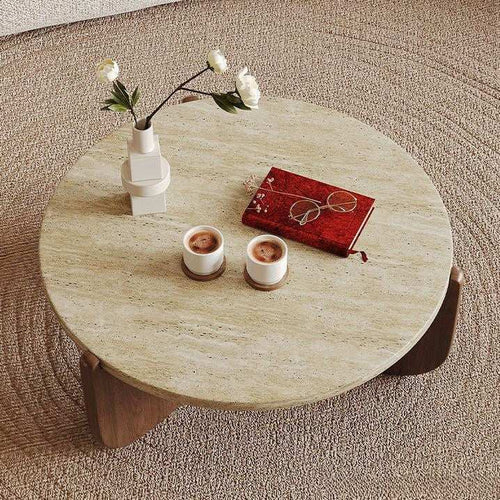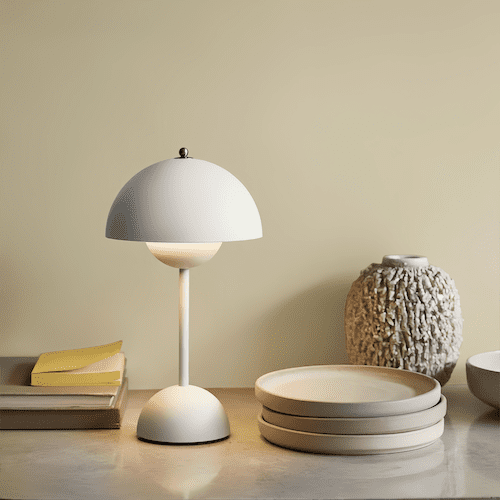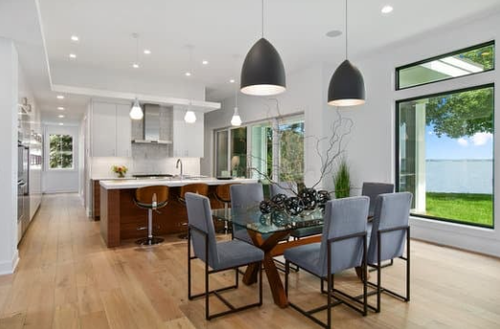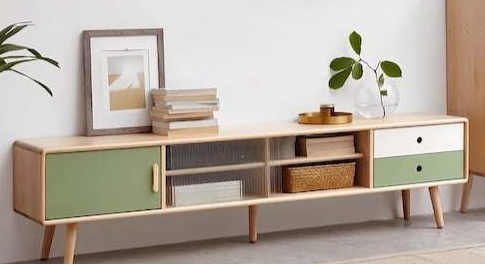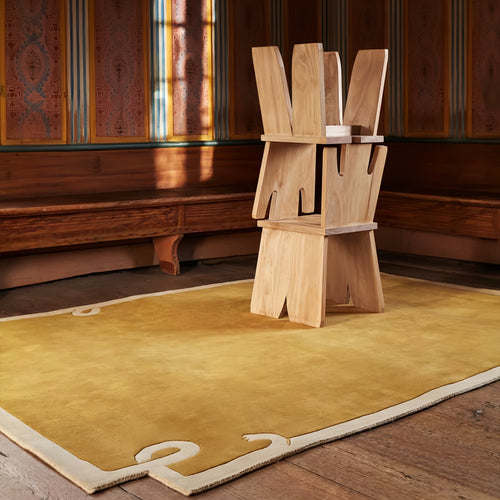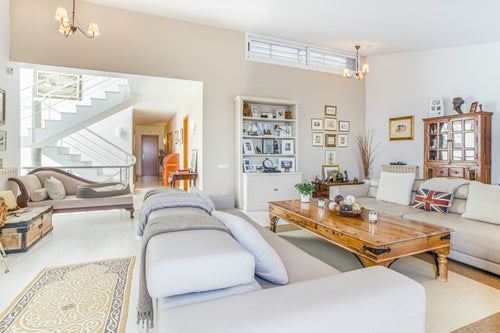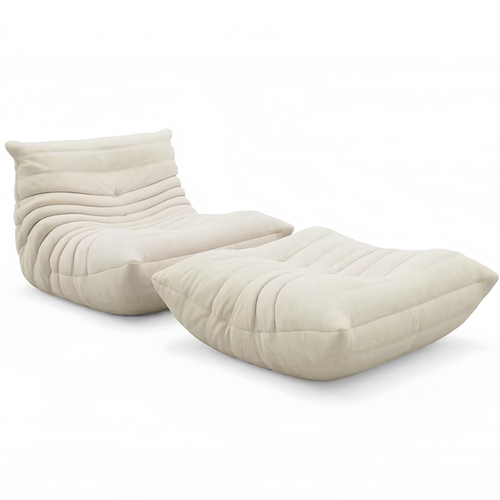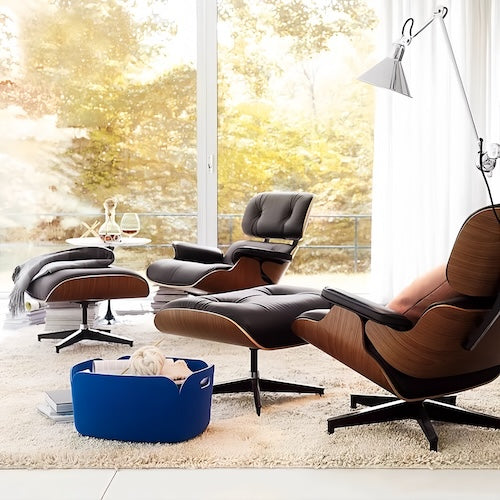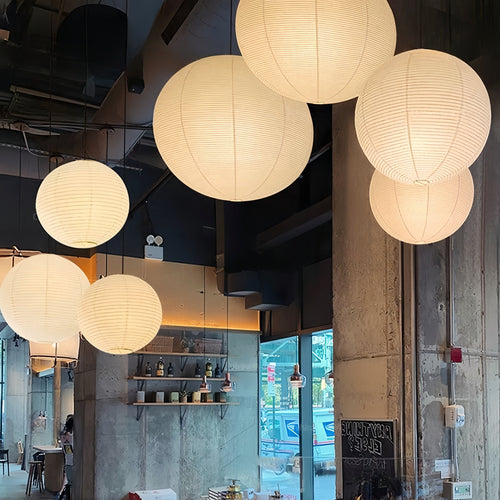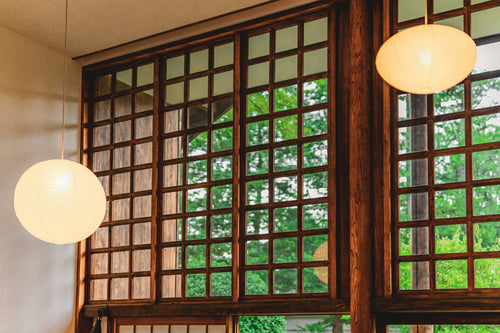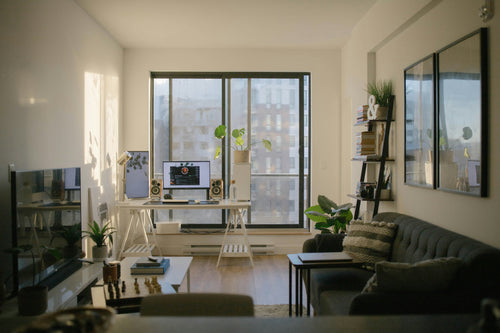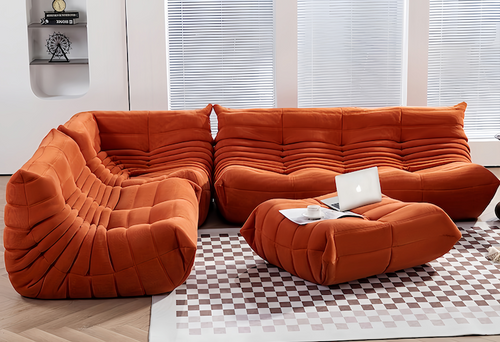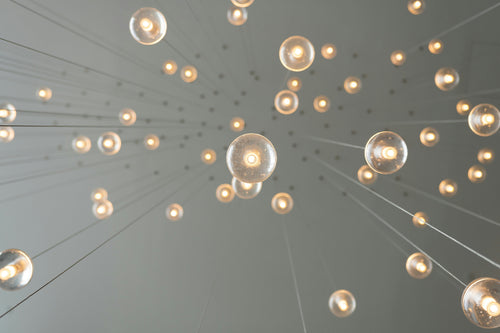LED strip lights have become increasingly popular for adding ambiance and style to any space. When it comes to hanging strip lights, you have many options to choose from. There are non-permanent hooks and clips that can be stuck to the wall, or permanent adhesives like glue or double-sided tape that will leave behind no residue. However, many people worry about damaging their walls during installation. In this article, we’ll provide you with a professional and practical guide on how to hang LED strip lights without causing any harm to your walls. Follow these simple steps for a seamless installation process.

Step 1: Planning and Preparation
Before starting, make sure you have the necessary tools and materials. Measure the area where you want to install the LED strip lights and determine the length needed. Additionally, gather the following supplies: LED strip lights, power supply, connectors (if required), a ruler or measuring tape, adhesive clips, rubbing alcohol, and a cloth for cleaning surfaces.
Step 2: Cleaning the Surface
Thoroughly clean the surface where you’ll be applying the LED lights. Use rubbing alcohol and a cloth to remove any dirt, dust, or grease. This step ensures maximum adhesion and helps the strip lights stay in place.
Step 3: Mounting with Adhesive Clips
Adhesive clips offer a secure and damage-free method for attaching LED strip lights. Place the adhesive clips along the desired path, ensuring they are evenly spaced and aligned. Gently press each clip onto the wall, following the instructions provided by the manufacturer. These clips allow you to slide the LED strip lights into place without directly sticking them to the wall.
Step 4: Installing the LED Strip Lights
Carefully insert the LED strip lights into the mounted clips, pressing them firmly to ensure a secure fit. Pay attention to the alignment and make any necessary adjustments as you go. Follow the instructions provided with your LED strip lights for connecting and powering them.
Step 5: Concealing the Wires
To maintain a clean and professional look, conceal any exposed wires. You can use cable raceways or adhesive cable clips to hide the wires along the trim or baseboards. This step not only protects the wires but also adds a polished finish to your installation.
Step 6: Testing and Adjustments
Before finalizing the installation, test the LED strip lights to ensure they are functioning correctly. Adjust any misaligned or unsecured sections as needed. Take the time to step back and assess the overall placement and lighting effects to achieve your desired ambiance.
By following this step-by-step guide, you can confidently hang LED strip lights without damaging your walls. Proper planning, surface preparation, and the use of adhesive clips will result in a secure and aesthetically pleasing installation. Enjoy the captivating illumination and transform your space with LED strip lights, knowing that you’ve taken the necessary steps to protect your walls.
After the adhesive has been applied, you can connect the strip lights and test them to make sure they are working correctly. Once you’re satisfied with the results, you can trim off any excess adhesive from the back of the light strip.

How to Hide Light Cords on Wall?
There are a few different methods you could try to hide light cords on a wall:
-
Use cord covers: You can purchase cord covers at most home improvement stores that are designed to hide cords on walls. These covers come in various colors and can be painted to match your wall color, so they blend in seamlessly.
-
Reroute the cords: If the cords are running across or down the wall, you can try rerouting them so they run behind furniture or other items that will hide them from view.
-
Use adhesive cord clips: You can find adhesive cord clips at most hardware stores that will allow you to route the cords along the wall and hold them in place without having to run the cords through the wall.
-
Install a cord-hiding channel: You can also install a channel along the wall that will hide the cords inside. These channels can be painted to match your wall color and they’re a more permanent solution compared to adhesive cord clips.
As with any project, things don’t always go exactly as planned, and your strip lights may end up leaving some residue on the wall. If this happens, you have a few options for removing the residue without damaging the walls:
Start with a clean cloth, dampened with rubbing alcohol or a mild cleaning solution. Work in a circular motion over the residue until it loosens and detaches. This should work well for lighter marks, but if the adhesive is really stuck in there, a plastic scraper can be used to gently scrape away any leftover bits of adhesive. Just be careful to avoid scratching the surface of your wall, as this can cause paint abrasion.
If you're not comfortable with a chemical solvent, try using a little heat to help break down the adhesive. A hairdryer on medium heat should be able to soften the residue enough for you to wipe it off with a damp cloth. If your adhesive is particularly tenacious, you can also try applying some WD-40 to the area. This will also help break down the glue and make it easier to remove.
Once all of the adhesive is gone, it's important to thoroughly clean the wall surface and allow it to dry completely. This ensures that any lingering cleaner or adhesive is eliminated, and helps prevent future decorations or installations from adhering improperly. With a quick and efficient cleanup, you'll be ready to show your walls some love once again!
Remember to prioritize safety when working with electricity and cords, and consult with a licensed electrician if needed.


